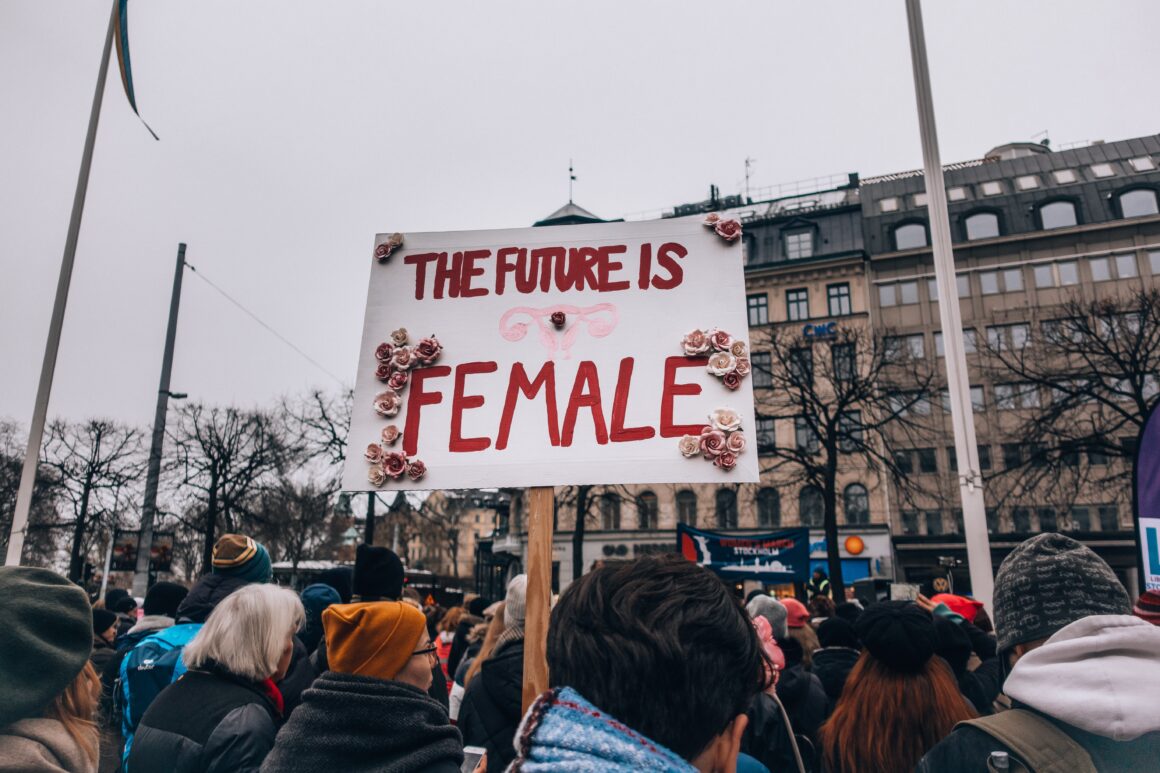Within the last decade, the media has gotten slightly better in terms of representing people of various genders, sexualities, and races. Just this past weekend, the new Power Rangers movie has made great strides because of its inclusion of a Latinx lesbian and a black autistic teenager. Women have become more prominent in genres where they were previously absent. Marvel, DC, and the Star Wars reboots have all included women as protagonists in their newest films.
But while these are huge achievements, it is also important to step back and realize that diversity for some, doesn’t mean diversity for all. Yes, it is true that the movie industry has become more inclusive for women, but only for white women.
The franchises stated above may have female characters such as Black Widow, Rey, Harley Quinn, and most recently Jyn Erso at the helm, but they’re all white women. This may have been revolutionary in the early two thousands when it was nearly impossible to find a movie or television show that passed the Bechdel Test, but in this day and age, it’s nothing but an ugly reminder of just how few women of color are represented in media.
This fact is increasingly frustrating when discovering that several women of color auditioned for the role of Jyn Erso, but in the end, Felicity Jones was picked over all of them. Yet another white brunette added into the Star Wars canon while black women such as Lupita Nyong’o are stuck as little orange aliens in the background.
There isn’t a major franchise alive in this day and age that isn’t guilty of this. In the Marvel cinematic universe, there hasn’t been a single leading lady of color (although the upcoming film Black Panther will soon change that) in the nine years since its launch in 2008. Not only that, but the few characters of color in the MCU act as supporting characters to the white heroes (Sam Wilson to Steve Rogers, James Rhodes to Tony Stark, Heimdall to Thor etc). As if it weren’t enough that people of color are underrepresented, but we are also treated as sidekicks to further a white heroes storyline.
But while the solution to this problem may simply seem to be casting women of color in main roles, it’s not as easy as that.
While in recent years some television shows and movies have been making an effort to cast women of color in main roles, said roles and characters are often written by white people, thus taking away from the narrative of a woman of color. Even though this article mostly pointed towards the lack of women of color in the fiction genre, it is still important to realize how much of an impact having a non-white writer create a non-white character, especially when it comes to women of color.



Comments are closed.